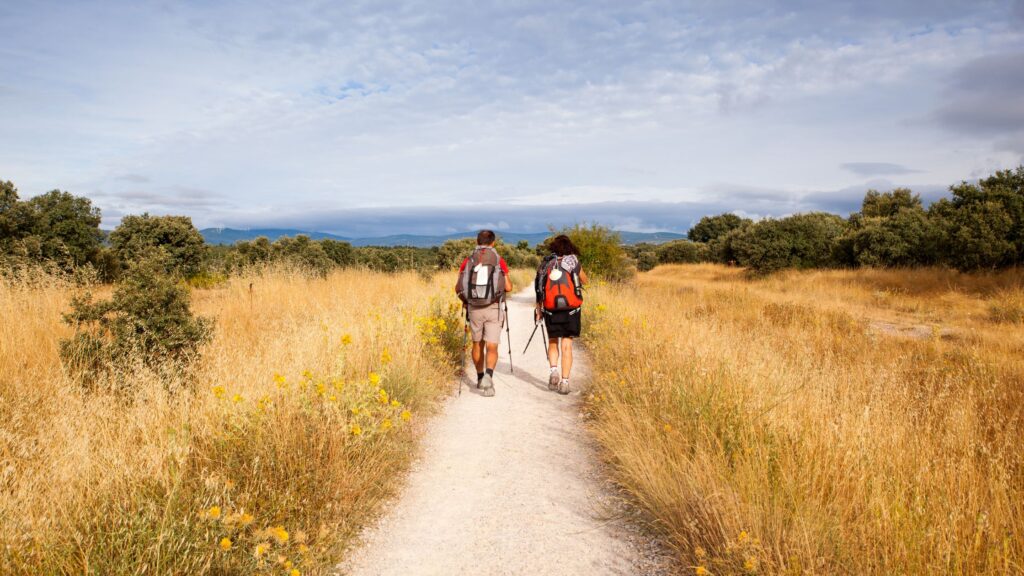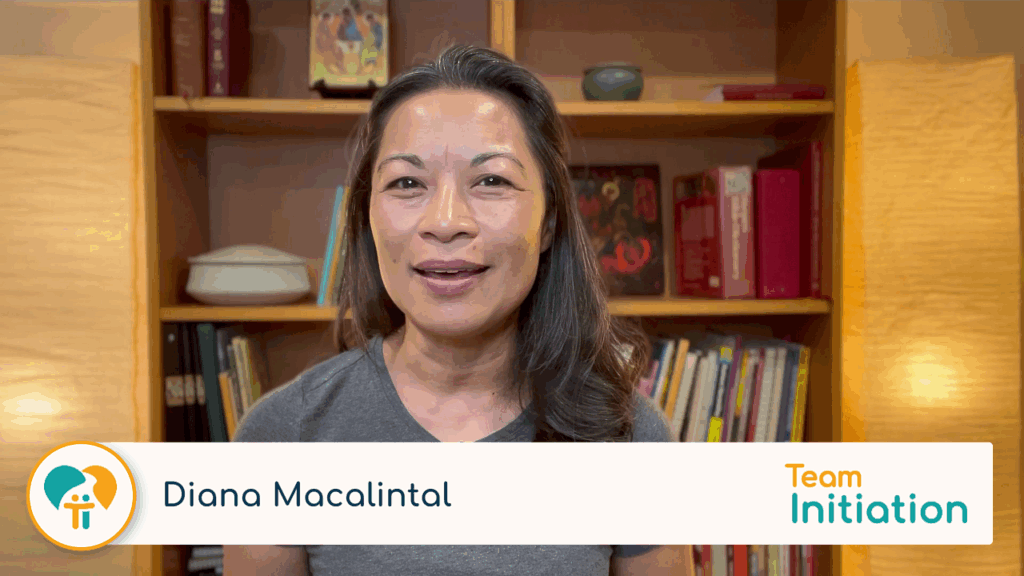 Q: We have the people, support, space, everything needed to make a continuous initiation process happen. But exactly how do we proceed with the actual logistics of having people at different places, and how you speak to them individually but also as a group? How do you integrate new people without repeating yourself over and over but still give all what they need?
Q: We have the people, support, space, everything needed to make a continuous initiation process happen. But exactly how do we proceed with the actual logistics of having people at different places, and how you speak to them individually but also as a group? How do you integrate new people without repeating yourself over and over but still give all what they need?
A: The prevailing model that many parishes have adopted for the catechumenate process makes it difficult to imagine implementing a continuous initiation process. In a continuous process, seekers would be welcomed at any time of the year.
If we get stuck thinking that the way of faith and conversion is a discrete body of knowledge that we have access to and that we give that knowledge to the seekers, then an ongoing initiation model is not possible. In a world where faith is a deliverable set of doctrines, there will always be a beginning point and somewhat of an ending point. We hear this phrased as “knowing enough” for baptism.
In the gospels, however, the way of faith and conversion is always an encounter with a person—the person of Jesus Christ. Peter and Andrew are called by Jesus to leave their boats and follow. Later, Philip and Nathanial are called. And even later, Matthew is called. Disciples are called throughout Jesus’s ministry. No one said to the later disciples, you will have to wait until September when discipleship classes start again.
Recognize the movement of the Holy Spirit in your parish
When we want to move to becoming a parish that welcomes seekers all year long, the first thing we have to do is recognize the movement of the Holy Spirit—the call—in the seeker when they first show up. What is the Spirit calling this specific person to? (This resource can help in discerning that.) The call will be different for every person. And the call will come at different times. We all encounter Jesus in different ways, just as the first disciples did.
The seeker before you is being called to assist with the gospel mission. Your parish is doing the gospel mission in a multitude of ways. (See this and this.) The single most important way your parish is doing the gospel mission is when we hear the word of the living God and then, in thanksgiving, offer a sacrifice of praise and worship (Sunday Mass).
Integrate your seekers journey into Sunday worship
The second important step for proceeding with the actual logistics of having people at different places along the way of faith is to start integrating them into Sunday worship. No scheduling required. Sunday happens every week (unless, of course, there is a global pandemic).
If we did nothing else, this fundamental step would eventually train the seeker in how to assist with the gospel mission. It is not all we can do or should do or will do. But it is important for us to understand how central Sunday worship is to the way of faith and conversion. It is the event, par excellence, where we encounter the Risen Christ. Everything else is follow up.
Get RCIA seekers involved in the mission of the parish
The third thing to do is start integrating the seeker into the mission of the parish. By joining parishioners in the ongoing work of the gospel, the seeker will learn how to assist with the gospel mission. This also does not need to be scheduled. The parish is always doing the work of the gospel every day. If it is not, it is not a Catholic parish.
We can sometimes have blindspots about our own parish because it is so familiar. When I have suggested this step to teams in the past, a fair number of them have said their parish isn’t really doing much about the gospel mission. The parish is too small or too old or too apathetic. And then I go look at their parish bulletin, and I always find something similar to this.
Jesus is the catechist
The fourth thing to do is mystagogical catechesis on the seeker’s various encounters with the Risen Christ. Note that the catechesis happens after we have introduced the seeker to the person of Jesus Christ. And note that the catechesis is based on how Jesus decided to show up for those encounters. Jesus is the catechist. We are accompanists. Most of what we do in mystagogical catechesis is notice things and help the seeker notice things. Jesus does the teaching. (For more about mystagogical catechesis, see this and this.)
How much of your RCIA process will you have to re-create?
When we first hear about a continuous or year-round initiation process, we might think that we have to duplicate all the really hard work we are now doing for six or eight months of the year. We fear that every week of the year will look like what we are currently doing.
In fact, the opposite is true. In a continuous initiation model, we are letting the Sunday liturgy and the work the parish is already doing become the primary agents of formation. That is where the encounters with Jesus are happening. That is where the learning takes place.
We can accompany the seekers on their way of faith and conversion by providing regular (but not necessarily weekly) moments of formal mystagogical catechesis. And we can also very easily train sponsors and godparents to provide much more frequent moments of informal mystagogical reflection with their seekers. We train them how to notice encounters with Jesus and how to ask simple questions that help their seekers notice encounters with Jesus.
So if you have the people, support, and space for a continuous initiation process, start with the very next seeker who shows up, and follow these steps.
- Discern their call with them
- Integrate them into Sunday Mass
- Integrate them into the gospel mission work of the parish
- Provide regular (but not necessarily weekly) mystagogical catechesis
- Repeat until conversion happens (see this on readiness)
This is the formation path that is given to us in the Rite of Christian Initiation of Adults, and it is the path that was used by church for the first five centuries. If we can let go of the way we have been doing things, we’ll see great results the church’s traditional, Spirit-led conversion model.
Your Turn
How are you meeting people where they are on their faith journey when they come to your parish? What strategies are working for your community? Which ones are not? Share your thoughts in the comments below.

















